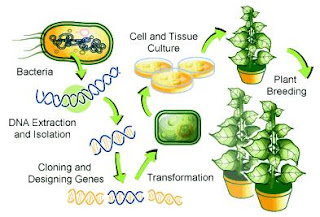This website is a site where they inform the public on the standards of their food, whether it is organic, au naturale or genetically modified.
The scientific content of this site is pretty low, it doesn’t really tell a person how genetically modified foods came about, it really only tells people how food is genetically modified and that explanation is far from detailed.
The website seems to dip its quill into an inkpot of detail at certain stages. It is a site that mainly concerns itself with the healthy and safety levels of foods, so it would be necessary to go into detail in areas regarding the regulation of GM foods. The website seems to pull the minimum requirement when going into detail about GM foods.
This website is pretty accessible. It’s an Australian-government sanctioned website. Surfing around the internet site is pretty easy as well; the navigation bar on the left takes you pretty much anywhere you need to go around the site. This makes the site easy to surf around, like I previously said, and easy to read; although, the designers tended to clump a bunch of text on one page and then ditch the page altogether after formatting it with paragraphs, which makes it both much harder and yet much easier to read.

The credibility of the site is pretty unquestionable – it’s a government-sanctioned site that seems to rate Genetically modified foods in Australia and New Zealand. This means that the site would be a leader in the world of genetically modified foods, in terms of nutrition and the genes that could be added to certain foods.
The site also seems to be pretty biased. It seems to want to have more Australian genetically modified foods available. The websites organization is pretty qualified and tests to see if genetically modified foods are safe and healthy to eat.
Scientific Content: 4/10
Detail of content: 7/10
Accesibility: 8/10
Bias: 6/10 (Higher is better.)
Total: 6/10 (Averaged, rounded down.)



